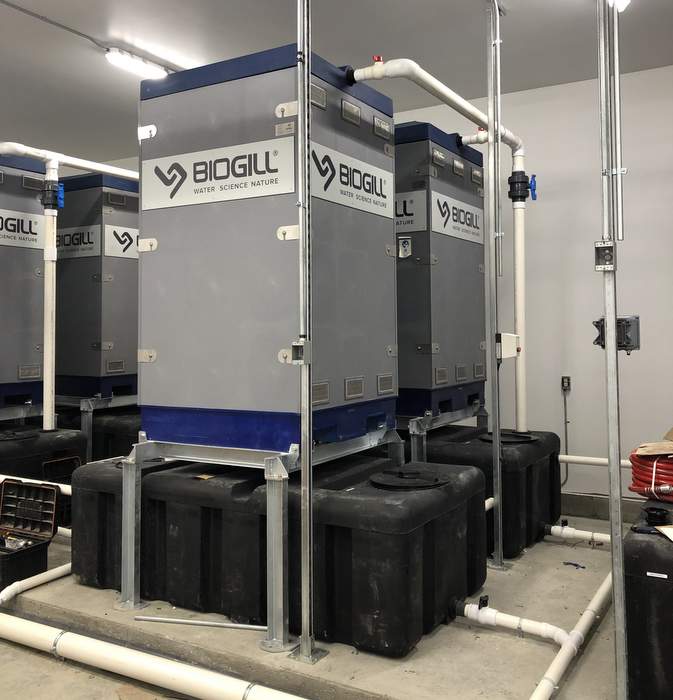
Following a brewery expansion that added a 30-bbl system to their existing operations, Woodstock Inn & Brewery in New Hampshire faced the need to reduce BOD and TSS loads to its local town wastewater treatment plant. The plant lacked the capacity for increased volumes of untreated, full strength brewery wastewater.
Earlier this year, the brewery added a brand new wastewater treatment system that included six BioGill Tower Plus units (pictured above). The BioGill bioreactors will treat the wastewater discharged to the sewer to <300 mg/L, solving the brewery’s expansion issues.
Woodstock is an example of industry-leading practices in waste stream management, contributing brewery solids to local farmers and compost operations, and we wanted to know how other breweries facing similiar decisions could follow its lead. Below is some insight from Annie Weidert, regional manager Americas for BioGill.
CBB: How much can BOD concentrations add to operation costs?
Weidert: Brewing beer is a water intensive process that generates significant volumes of wastewater. For every gallon of beer produced, typically 3 to 10 gal of wastewater can be generated. This wastewater is often high in organic matter and biochemical oxygen demand [BOD]. BOD is a measure of the amount of oxygen required for microbes to break that organic matter down in water.
Wastewater at some point generally make its way into a river, stream or lake. When BOD is high, it means the organic matter in the water would deplete waterways of oxygen as microbes work to break it down. This depletion of oxygen can kill fish, crayfish and other aquatic life in the waterway.
Municipal wastewater treatment facilities around the country are increasingly imposing surcharges to manage the added BOD loads in the wastewater they receive from breweries. A brewery producing 5,000 bbls per year discharges the same amount of BOD in its wastewater as about 500 residential homes.
Local authorities can impose surcharges based on the quantity and quality of the wastewater, including BOD concentration. Generally, the higher the BOD concentration, the higher the cost to discharge or dispose of it. Surcharges can increase quickly and vary widely between locations. I have seen wastewater surcharge costs equivalent to $1.00 to $15.00 per barrel of beer produced.
What is an average treatment or removal level a brewery should shoot for? And what would be a more high-end outcome?
Treatment requirements vary locally and with discharge location. Generally, for breweries discharging to a sewer system, surcharges can be eliminated by treating the wastewater to match the concentrations typically found in household sewage, typically around 300 mg/L BOD. There are technologies available in the marketplace, such as BioGill, that will reduce soluble BOD in brewery wastewater by over 90 percent. Reducing BOD loads in the wastewater onsite, prior to discharge, can result in significant savings for a brewery.
What might factor into the difference between a higher and lower percentage? Is it volume or brewing process dependent or treatment system dependent?
There are many factors that impact the level of BOD in a brewery’s wastewater. These factors include the types of beer being produced, ingredients used and the brewery’s practices for segregating extremely high strength material such as yeast and waste beer, to keep these sources of organic content out of the drain. Typical average brewery wastewater BOD is in the order of 3,000 mg/L to 10,000 mg/L.
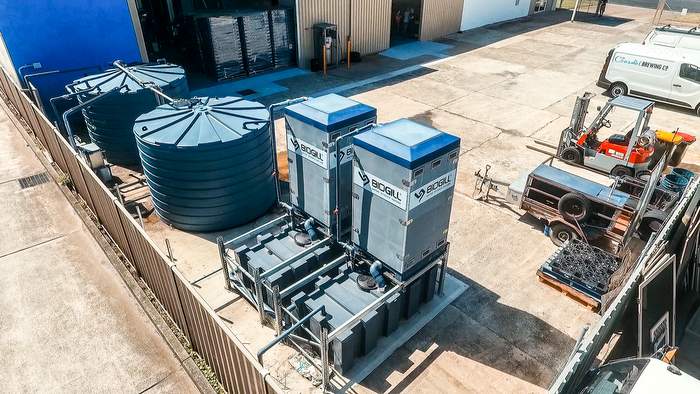
At what production levels does it make financial sense for a brewery to install your smallest system?
The driver for change is often operating costs. When surcharges or wastewater hauling costs are impacting the bottom line, there is a cross-over point where it can become more cost effective to start treating wastewater onsite. This cross-over point will vary for each brewery, depending on the local surcharge rates, cost and availability of a hauling option, volume of wastewater produced and other variables.
How would a brewery calculate the ROI on an investment in these systems?
A great first step is to use our surcharge calculator. We’ve built a calculator that can help a brewery to estimate the savings that can be achieved by installing a BioGill system. You can find the calculator on our website at http://brewery.biogill.com/
In our experience, customers with a BioGill system have achieved on average, a return on investment ranging between 24 and 36 months. Again, this varies depending on the local surcharge rates.
How does the BioGill system work? What is the range of volume that unit can handle? And how is that different than other solutions out there?
Craft breweries are unique in that while the strength of their wastewater is high, their flow volumes are relatively low compared to many types of larger food and beverage production facilities. Historically there haven’t been a lot of robust biological treatment options that scale well to this size while remaining simple enough to operate.
BioGill bioreactors are uniquely well suited to craft breweries. They are extremely simple to install, operate and maintain while offering robust, reliable treatment. The BioGill design eliminates the need for powered aeration, meaning low energy costs, and system cleaning is chemical-free. There are minimal moving parts, and the media does not need to be replaced. The footprint of the units is compact and ideal for tight spaces, with the modular design making it very simple to scale the system up incrementally as production increases.
Biological wastewater treatment relies on microorganisms to consume organics in the wastewater. Like all living things, microorganisms need the right habitat to flourish. Our above ground bioreactors use patented nano-ceramic media, known as Gills, to provide the ultimate air and liquid interface for the microorganisms to grow, multiply and thrive.
By providing the perfect habitat, the microorganisms perform at their best, protected in the biofilm while they effectively consume organics and BOD from the wastewater.
In terms of treatment capacity, BioGill has a range of bioreactors. The smallest is called the BioGill Tower, which treats approximately 500 to 2,500 gal per day per Tower unit. The BioGill Ultra is typically used to treat 5,000 to 20,000 gal per day per unit. All BioGill units are designed to be modular, so multiple units can be combined in parallel and/or in series to handle larger volumes or higher removal rates.
What does a brewery need to consider about systems specs before purchasing a wastewater treatment solution?
Before looking into wastewater treatment options, it’s important for a brewery to understand its own baseline wastewater characteristics. The key elements to determine first are the amount of wastewater generated per day by brewery activities and the levels of BOD and solids in the brewery’s wastewater stream. There are often opportunities to reduce the organic content in the wastewater first through best practices of side streaming solids and other super high strength materials.
Also important to understand are the wastewater discharge permit requirements that apply to the brewery, along with the surcharge rates, hauling fees or other disposal costs. Depending on the brewery’s location and where the wastewater is going, there may be restrictions, surcharges, or fines tied to wastewater discharge flow rate, pH, temperature and concentrations of BOD, TSS and other elements.
How much maintenance is required of a wastewater treatment system?
The good news is that you don’t need to be a wastewater expert to operate and maintain a BioGill bioreactor. Once the system is up and running, maintenance on a tower system is typically less than an hour per week.
BioGill systems are robust and resilient, meaning they are able to handle fluctuations in flow and BOD concentration. They can even be shut down and quickly brought back on line after periods of extended shutdown or seasonal use, due to the high affinity of the Gills to generate biomass. We’ve seen systems back up and running and achieving treatment requirements again in under 24 hours, which is quite remarkable for a biological treatment system.
Any other trends or things to note in the wastewater treatment category for breweries these days?
The nature of wastewater is certainly changing as brewers are innovating and bringing to market exciting new flavors, such as fruity and hazy varieties. This can impact the makeup of the wastewater, often increasing levels of organic matter and BOD.
With new craft breweries opening and existing ones expanding, brewery wastewater is a growing challenge for many local wastewater utilities. Increased monitoring, tighter limits and higher surcharge rates are inevitable. More and more of the breweries and breweries in planning that we speak with are incorporating wastewater treatment and other sustainable practices into their long-term strategic planning. That’s good news for the environment and good news for the bottom line.

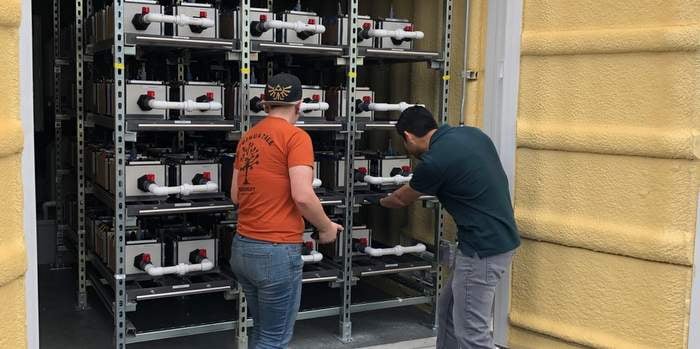
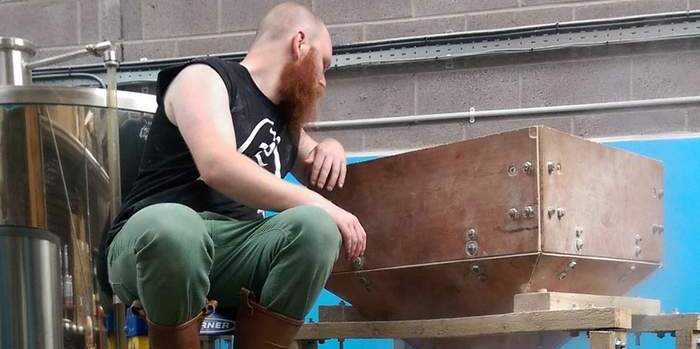
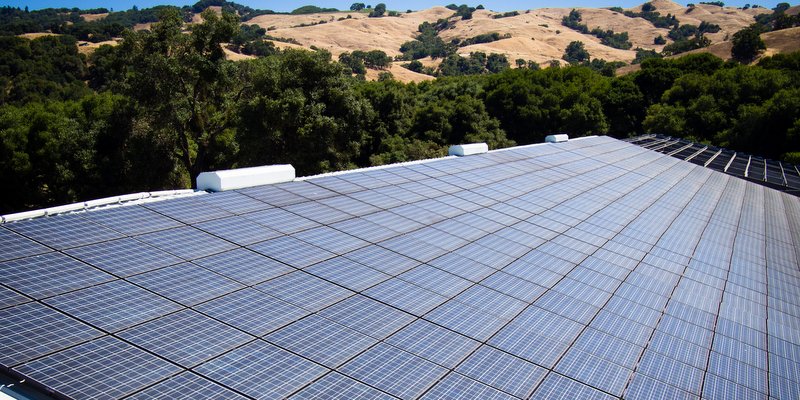

Leave a Reply
You must be logged in to post a comment.